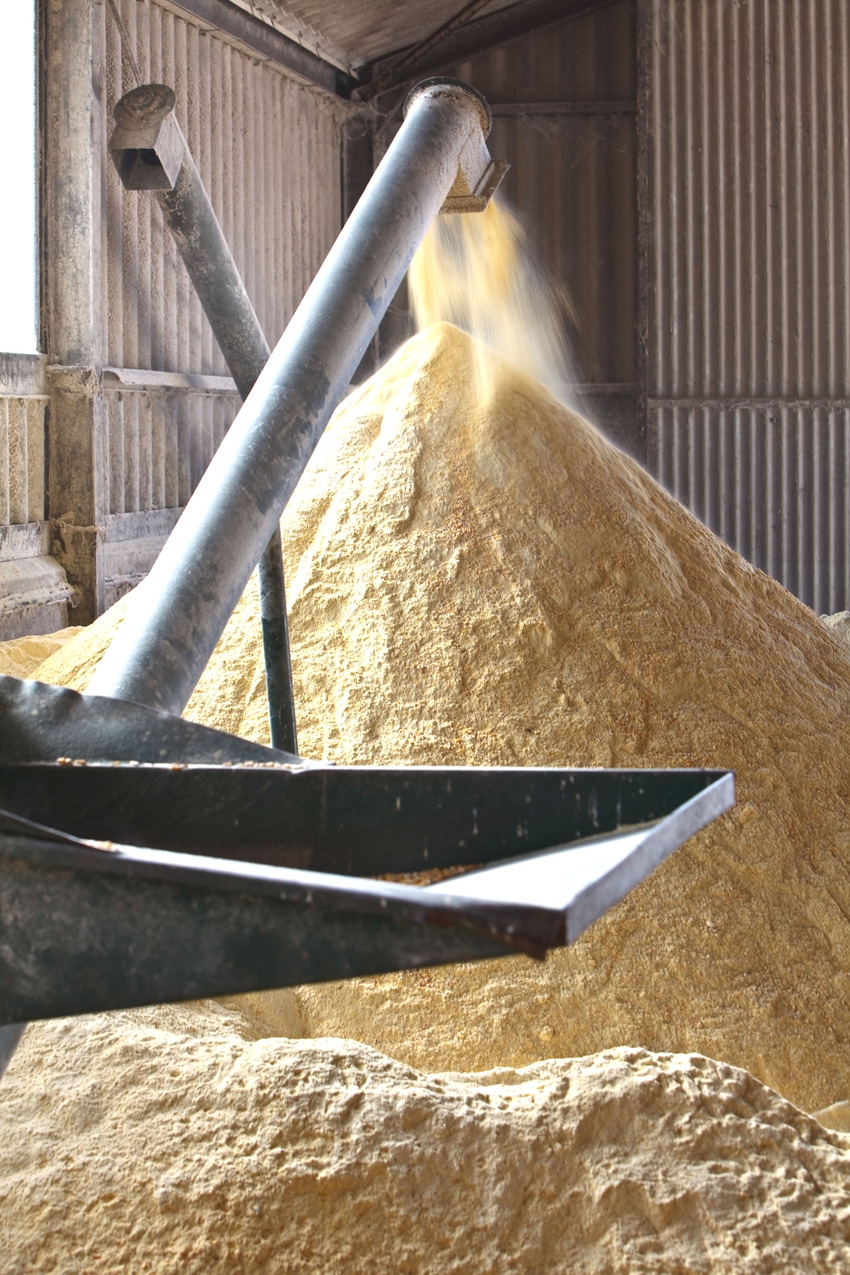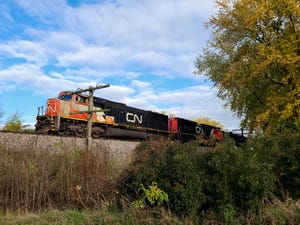Testing feeds for mold helps manage mycotoxin concern
Drought and/or excessive moisture can lead to development of molds, which can produce mycotoxins.
January 31, 2020

For many farmers and ranchers, the weather has made it challenging to obtain animal feed.
Yuri Montanholi, North Dakota State University Extension beef cattle specialist, explained, “Whether dealing with drought and/or excessive moisture, both can impact livestock feed with the development of molds. Molds are generally in the agricultural environment all of the time. The problem occurs when molds invade developing plants or stored feeds and grow under stress, producing mycotoxins.”
Not all molds are bad, he said, noting that some are not toxin producers but are filamentous mold that can reduce the nutritional value of the feed. Also, mold spores in feeds that are agitated -- for example, when feeding hay -- can be irritating to the respiratory system.
The toxins usually are consumed in feed or possibly inhaled, causing harm. Often, the problem is long term, and cattle eat the affected feed before producers realize they have a problem, Montanholi said.
North Dakota State veterinary toxicologist Michelle Mostrom added that producers can’t judge a mold toxin problem by the color of the mold. Certain molds such as Aspergillus spp. and Penicillium spp. are green, while Alternaria spp. and Cladosporium spp. are black, and Fusarium spp., Diploidia spp. and some Penicillium spp. can be white.
However, Mostrom said mold growth does not always mean that toxins were produced. On the other hand, molds can grow and die and not be visually detected, yet they may have produced toxins that are in the feed.
Montanholi and Mostrom urged producers to be aware of feed conditions for livestock, particularly this winter. If molds are present in livestock feeds, the best approach is to discard the moldy portions of the feed and provide animals with what appears to be the normal portion -- although this may not completely avoid problems, because while the mold may be gone, the mycotoxins may remain in the feedstuff.
“As a veterinary toxicologist, I would say to be proactive and test a feedstuff that appears to be moldy for mycotoxins before feeding to animals, particularly pregnant animals,” Mostrom said.
“Try to collect a representative sample of the feed,” she added. “The best is to collect multiple samples of grain while transporting the feed from the field to bins or to a truck, or collect multiple samples of hay (e.g., probe) or silage during feeding.”
If the feed is positive for mycotoxins, certain animals may not be affected by that particular contamination level or may be capable of metabolizing the mycotoxin. Under some situations, the mycotoxin-contaminated feed can be diluted to a safe level in the final ration.
“This is a great opportunity for producers to minimize issues with mycotoxins while saving feed,” Montanholi said. “The exception is aflatoxin-contaminated feed, which is potentially carcinogenic.”
Different mold toxins can cause a variety of clinical signs in different species. An initial clinical sign of toxic feed can be feed refusal, poor weight gain and diarrhea. With continual mycotoxin exposure or exposure to high doses of toxins, damage can occur to the animal’s liver, kidneys, brain, fetus and other organs.
Mostrom said a producer cannot test for all mycotoxins and call a feed “safe.”
“Scientists have discovered that these molds can produce hundreds to thousands of mycotoxins, and we do not know how all of the toxins affect animals and do not have standards or tests for all toxins,” she noted. “Laboratories can test for the more common mycotoxins that are known to cause harm in animals and provide some guidance for feeding contaminated feeds. This is certainly a good start to minimize problems with mycotoxins.”
Many countries, including the U.S., have regulatory limits or advisory guidelines on contamination of mycotoxins in human and animal feeds. These mycotoxin limits in food/feed can vary significantly with susceptible species, the age of the animal and production status. The mycotoxin guidelines are available on the Food & Drug Administration website or by contacting a local veterinarian or veterinary diagnostic laboratory.
You May Also Like


.png?width=300&auto=webp&quality=80&disable=upscale)
